#Lagenorhynchus australia
Explore tagged Tumblr posts
Text

Flipper? A Dusky Dolphin (Lagenorhynchus Obscurus) leaps out of the water off New Zealand. Photograph By Flip Nicklin, National Geographic Image Collection
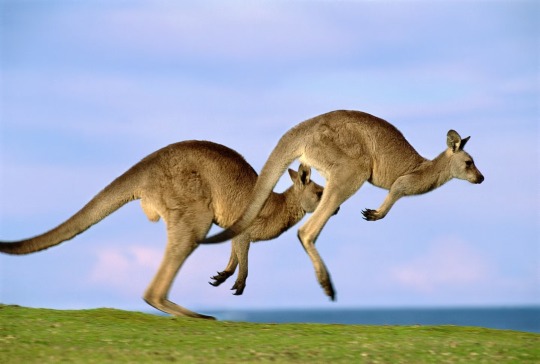
Bounding Buddies! Two Eastern Gray Kangaroos (Macropus Giganteus) jump through Australia’s Murramarang National Park. Photograph By Frans Lanting, National Geographic Image Collection

Nine Weather Up Here! A Manta Ray (Manta) Soars Over the Ocean’s Surface. Photograph By Brian J. Skerry, National Geographic Image Collection
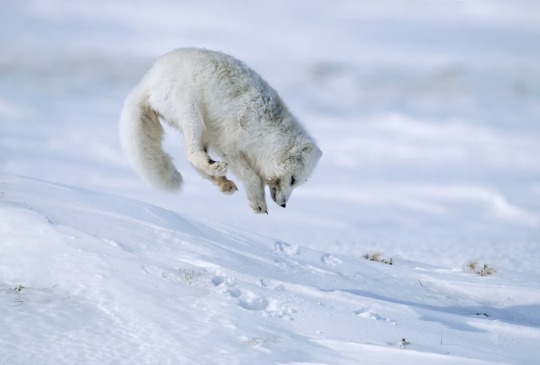
Got Ya! An Arctic Fox (Vulpes Lagopus) Pounces on Potential Dinner Under the Snow in Alaska’s North Slope. Photograph By Design Pics Inc., National Geographic Image Collection
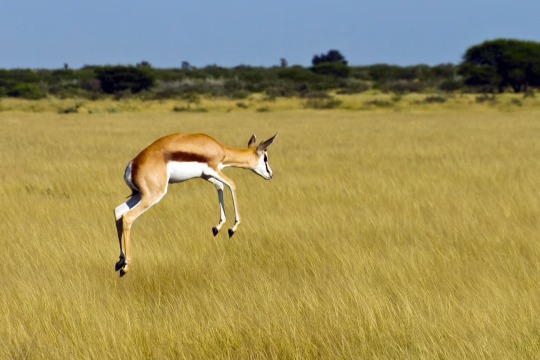
Leaping Through The Fields! A Springbok (Antidorcas Marsupialis) springs into the air while running in Africa. Photograph By Ralph Lee Hopkins, National Geographic Image Collection
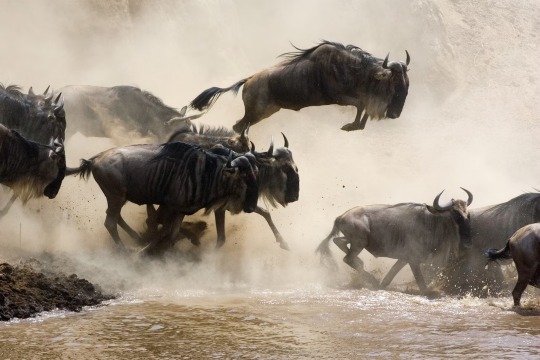
Out of Our Way! Blue Wildebeest (Connochaetes Taurinus) bound into the Mara River as they migrate through Kenya’s Masai Mara National Reserve. Photograph By Suzie Eszterhas, National Geographic Image Collection
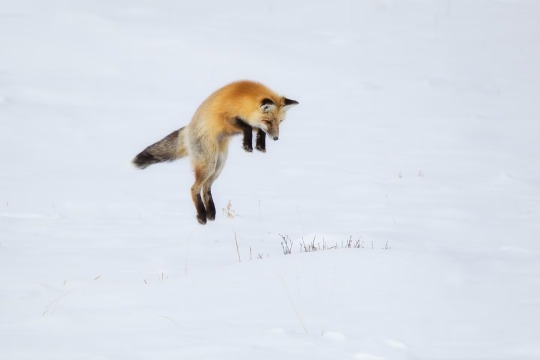
There It Is! A Red Fox (Vulpes Vulpes) pounces on prey burrowed under the snow. Photograph By Robbie George, National Geographic Image Collection
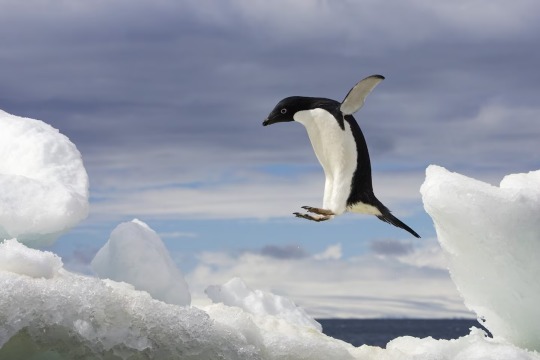
Ice, Ice, Baby! An Adélie Penguin (Pygoscelis Adeliae) jumps on an iceberg in Antarctica. Photograph By Ralph Lee Hopkins, National Geographic image collection
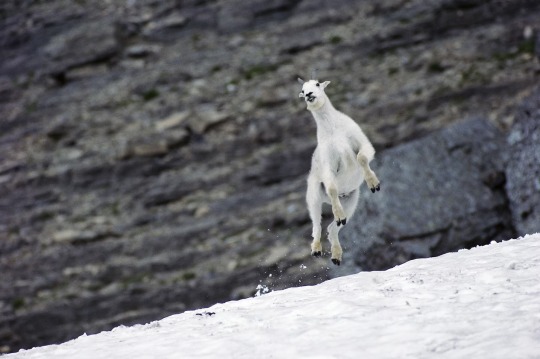
Snowy Goat! A Mountain Goat (Oreamnos Americanus) leaps through snow at Glacier National Park in the Rocky Mountains of Montana. Photograph By Sumio Harada, National Geographic Image Collection
1 note
·
View note
Photo

A little Peale’s dolphin sketch before bed. Because why not.
#I hope you'll find him ap-peale-ing#studies#Peale's dolphin#Lagenorhynchus australia#Peale#dolphin#lagenorhynchus#australis#digital art#sketches
155 notes
·
View notes
Text
Tuesday, June 20th
Before we could even leave the dock, deckhand Kyndace pointed out a Black-crowned Nightheron (Nycticorax nycticorax) hiding under the wharf next to our boat.
The morning started out foggy, but with very little wind. Small swells and wind waves made the passage fairly smooth as we struck out in a northerly direction. Not too long into the trip, we reached a scattered pod of Pacific White Sided dolphins (Lagenorhynchus obliquidens). They were racing along in groups of 5-7, upwards of 150 animals total! The dolphins darted back and forth, covering about half a mile in either direction of our boat. We spent a few minutes watching them play around us, then continued in search of whales. We passed at least 6 Northern Fur Seals (Callorhinus ursinus) on our voyage.
After some time, we saw a single spout and came alongside a slow traveling humpback whale (Megaptera novaeangliae). We traveled with it for some time and got our first whiff of whale breath! For those of you who haven’t had the pleasure yet, it’s a bit like rotten broccoli.
That was when we got news of a group of lunge feeding humpback whales ahead of us. We said farewell to the lone whale and travelled on.
Before we could even spot the whales, we could tell where they were by the huge group of birds in the area. Hundreds of Sooty Shearwaters (Ardena grisea) were sitting on the ocean surface. These pelagic sea birds feed on krill (a small type of shrimp), fishes and the occasional jelly. They’re common off our coast right now and spend the boreal winter off the coasts of Chile, Australia, and New Zealand. Days like this we can use the Shearwaters to search for whales, since they both enjoy a diet of krill and small fish while in the bay.
Then we were among the whales.
A lunge feeding humpback is an incredible sight. They rise up through the surface with their mouths gaping wide, their ventral pleats (folds in the skin that allow the mouth to expand like an accordion) distended, throats billowing out. We could see into their mouths! The short black plates of baleen were clearly visible, as was the bright pink of the palate.
Our deckhand Kyndace has a sharp eye and pointed out that the clouds of krill were actually visible near the surface. We looked straight down into the water and saw the massive red cloud of the small shrimp. The krill being close to the boat brought the whales in close as well. Soon we could hear their excited trumpet blows as they lunged right next to us!
We spent as much time as we could enjoying this incredible opportunity. Most often, the whale’s prey is out of sight below the surface. We can only imagine how these enormous animals are able to feed themselves, though Cascadia Research Collective is making good headway in that area.
Their researchers have placed cameras on the humpbacks-holding them in place with suction cups! So far, the results have been astounding. We at Monterey Bay Whale Watch are happy to collaborate by sharing photos for identification purposes. The company owner, marine biologist Nancy Black, has been assisting with the photoidentification effort for close to 30 years!
Of course, all good things must end. We finally ran out of time and had to make our way home, happy to have experienced something that few people get to enjoy.

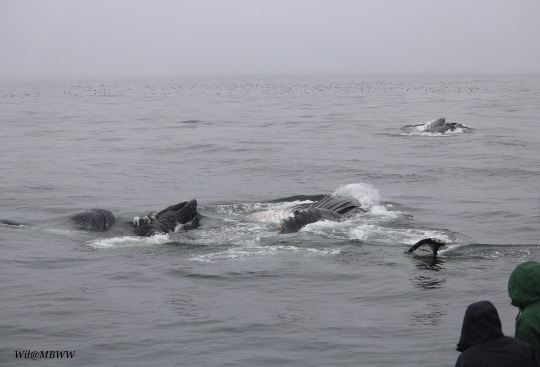
Top: Black-crowned Nightheron hiding under the wharf
Bottom: Humpback feeding frenzy right next to our boat!
#mbww#monterey bay whale watch#Whale Watching#gowhales#humpback whales#lunge feeding#pacific white sided dolphin#black crowned night heron#Northern fur seal
2 notes
·
View notes